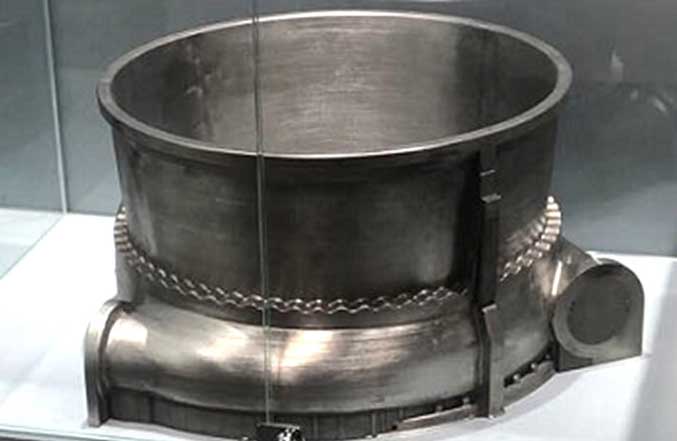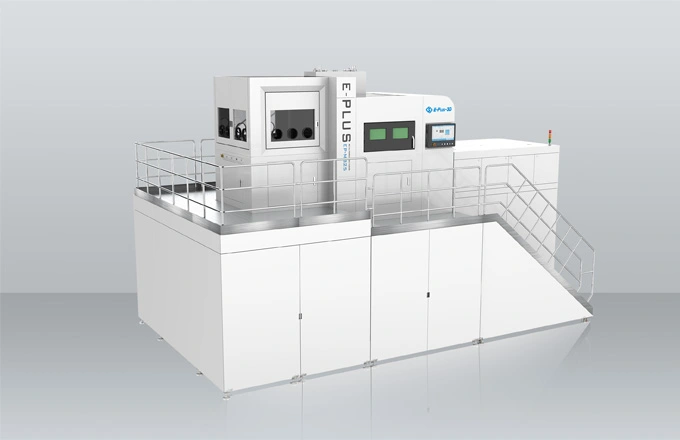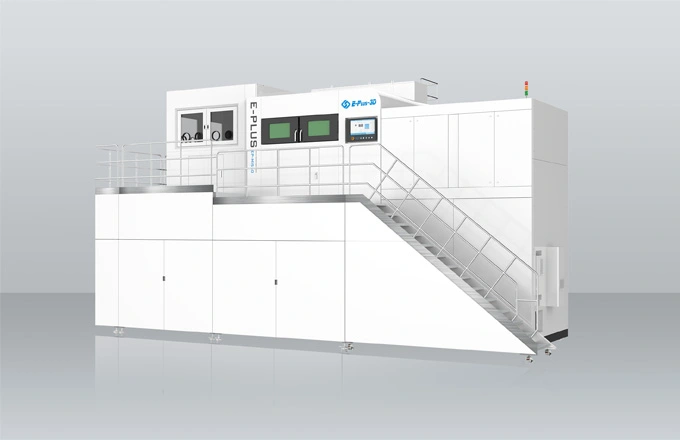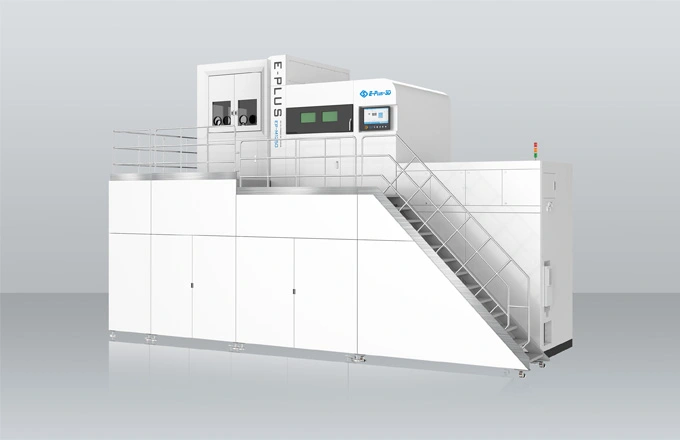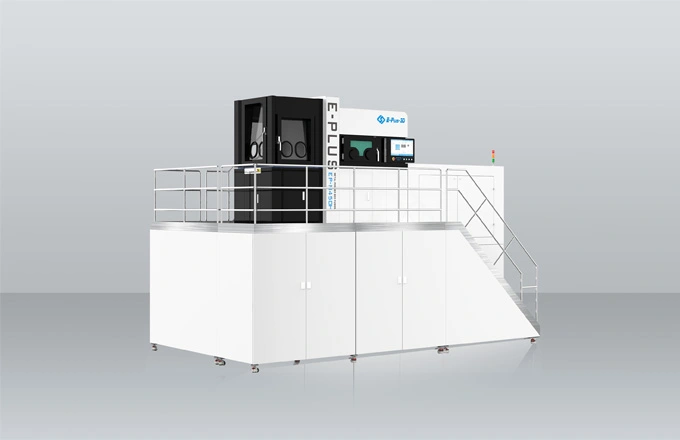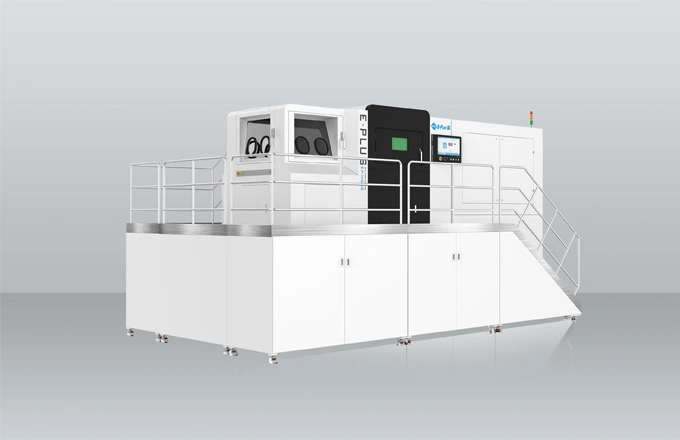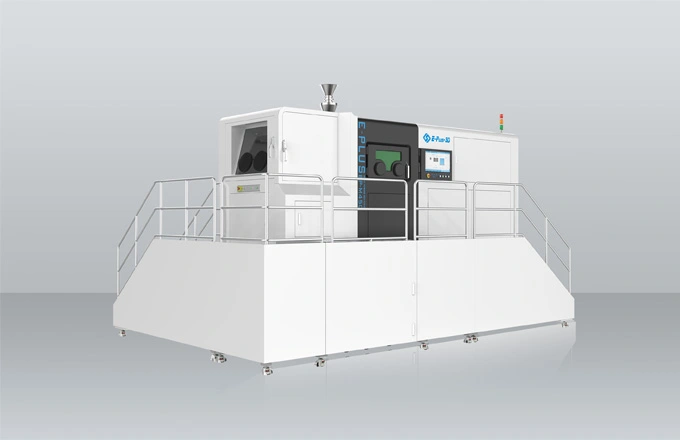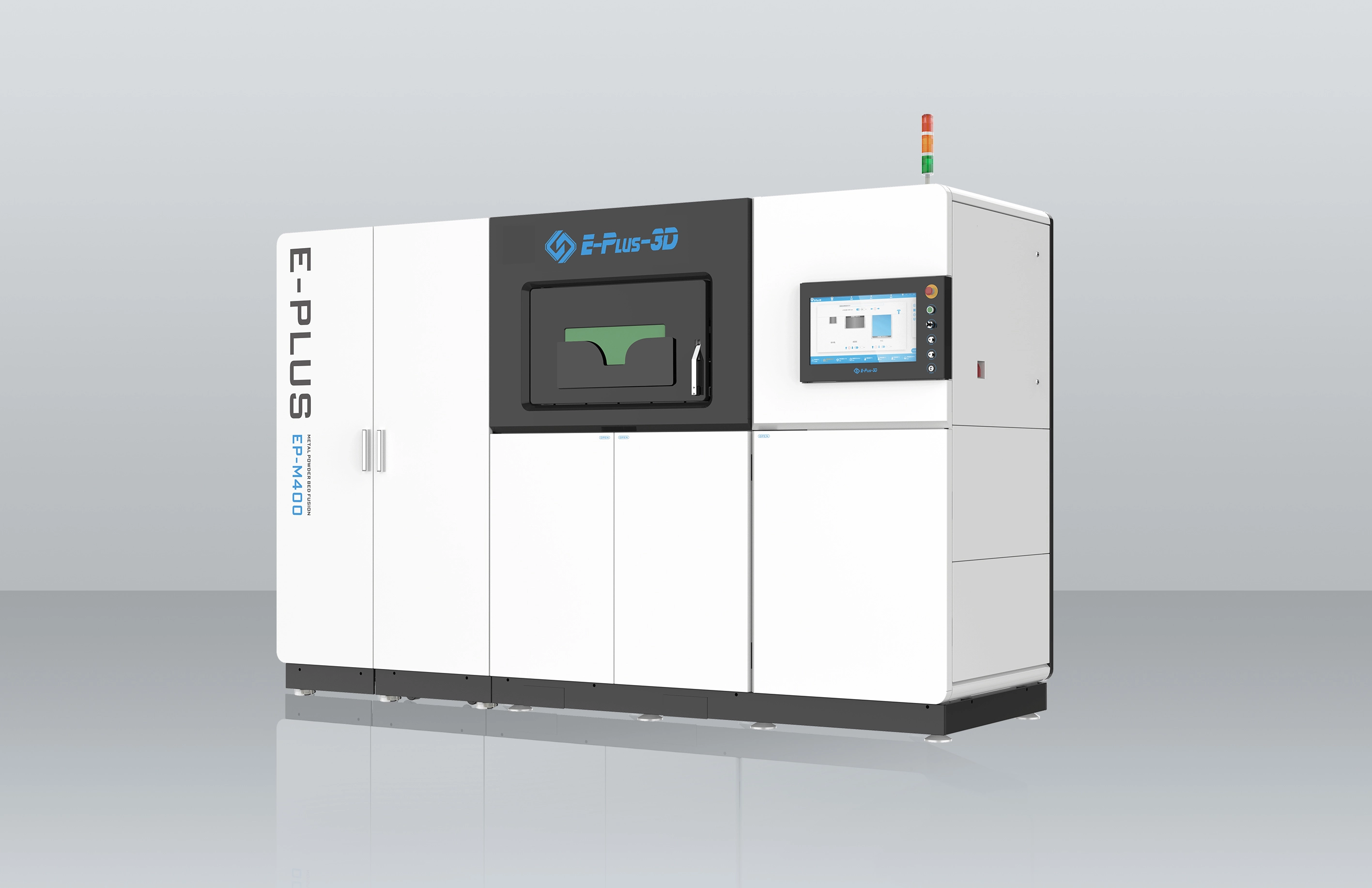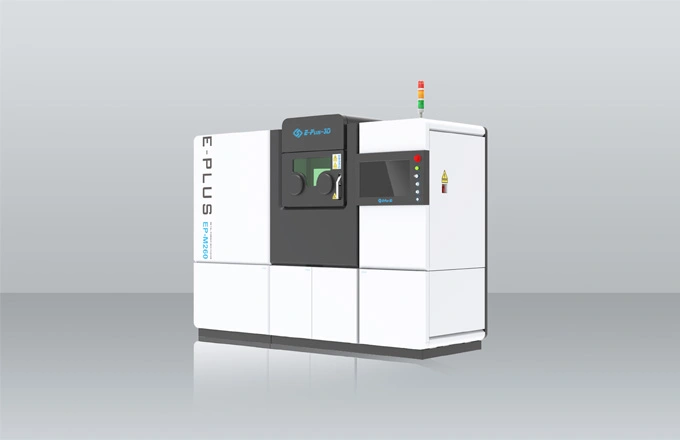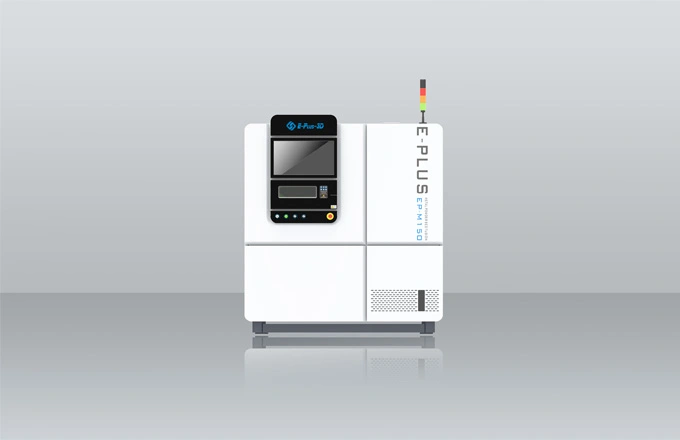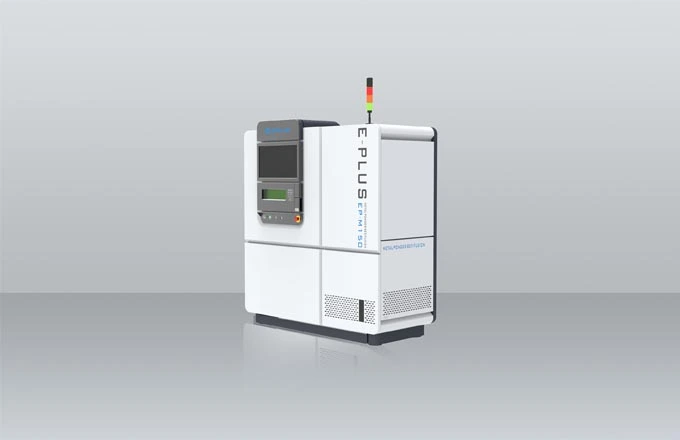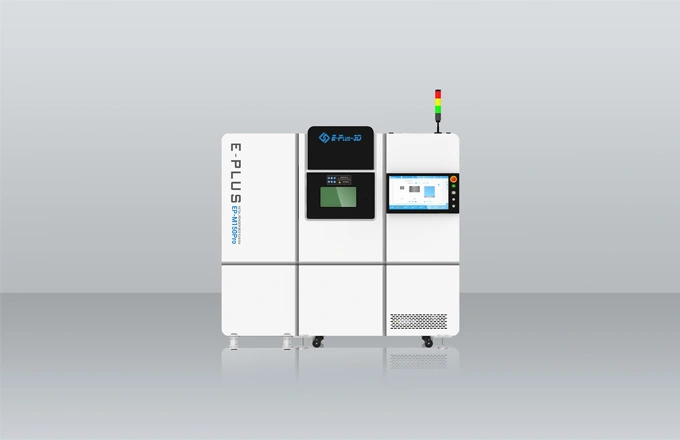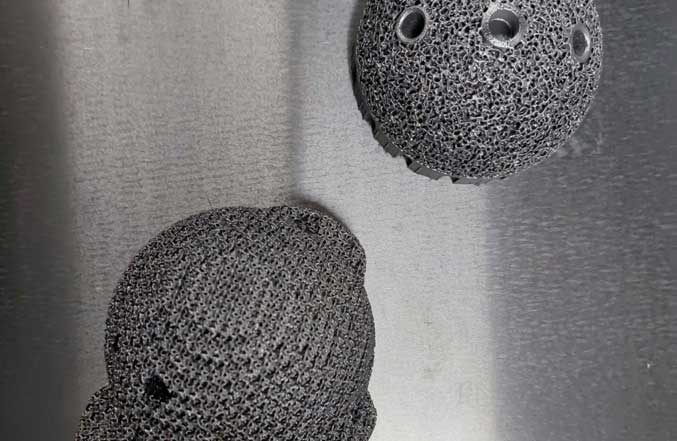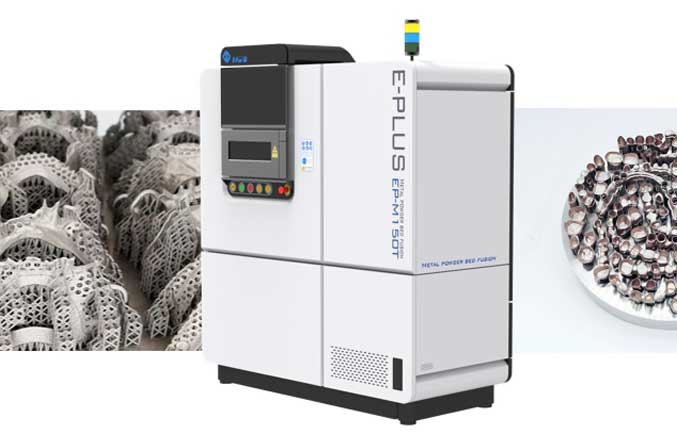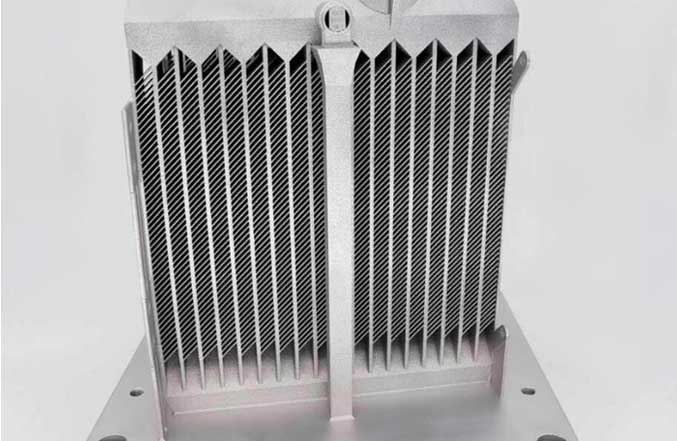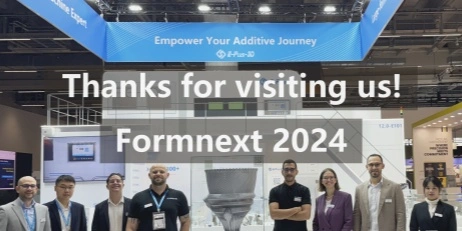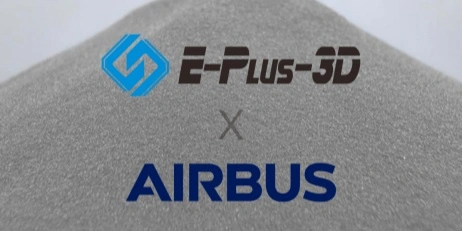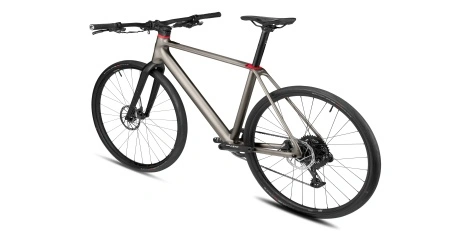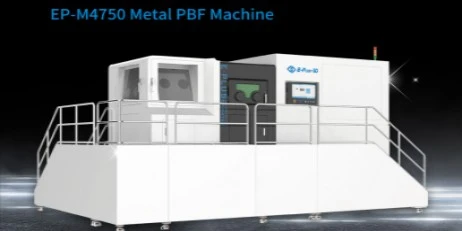After World War II, the word "superalloy" came into being to describe a kind of high-performance alloys, which was specifically developed to extend the service life of aircraft parts exposed to extreme high temperature. Superalloy with nickel, iron, cobalt as the base, through the addition of alloy elements to achieve a variety of metal characteristics of super fusion, can work above 600℃ high temperature and a certain stress for long-term, become the mainstream material of aerospace, petrochemical, racing and other industries. Some studies show that the Inconel 718 3D printing accounts for more than one third of the nickel-based superalloy used in aerospace engines.

According to the Carnot cycle, running an engine at higher temperatures can improve energy efficiency, which in turn makes the engine more energy-efficient. The Inconel 718 3D printing has become a cornerstone of additive manufacturing in aerospace. It also has important applications in nuclear reactors (heat exchanger pipes), submarines (propeller blades, quick cut-off devices, auxiliary propulsion motors), chemicals (vessels, pumps, valves, pipes), power generation (industrial gas turbines), and the oil and gas industry (downhole pipes, wellhead hardware, torch arms).
Traditional manufacturing methods, such as machining, forging or welding, usually require heat treatment before the process begins, thus affecting the temperature corrosion and creep resistance of components. However, the mechanical properties of 3d printed In718 have not been sacrificed, and can even exceed those of cast or forged parts. In addition, Inconel 718 3D printing is difficult to machine because of its high cutting temperature and severe work hardening. For the complex geometries commonly required in aerospace applications, the Inconel 718 3D printing parts are often difficult and costly to manufacture.

3D-printed In718 Aeroengine Case by EP-M650
Low temperature performance of 3d printing Inconel alloy also has potential applications, pipe and shell, cryogenic suspension and support system, the structure of the impeller and pump, valve stem, cooling pipe, heat pipe, heat insulation design and heat exchanger are suitable for the application of high strength and high temperature alloy, its temperature range covers from the temperature of 273 ℃ to 760 ℃.
EP-M650 Metal Powder Bed Fusion Machine

EP-M650 adopts MPBF (Metal Powder Bed Fusion) technology, with a 655 x 655 x 800 mm3 build envelope and four laser systems to ensure a high efficiency printing production. The precise positioning and innovative control technology hereby offers uniformity and stability throughout the whole printing phase.
The system can operate with various metal powders such as Titanium alloy, Aluminum alloy, Nickel-based alloy, Stainless Steel, Chrome Cobalt alloy and other materials. It is suitable for the direct manufacturing of large-size, high-precision and high-performance parts in the aerospace, automotive and defense industries. Welcome to contact us for more information.
